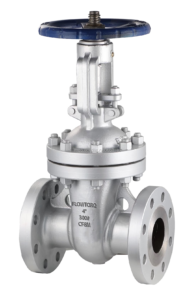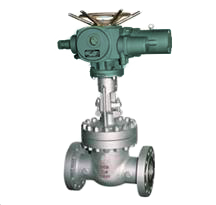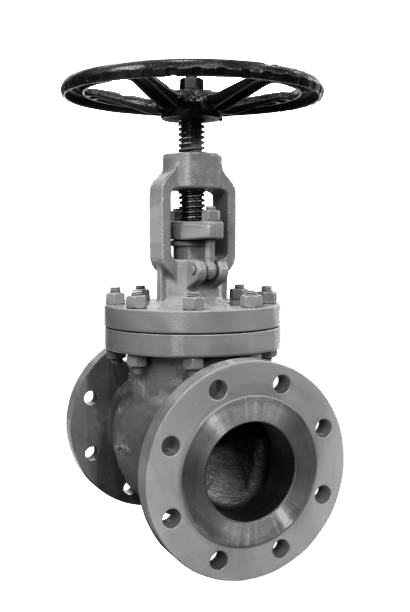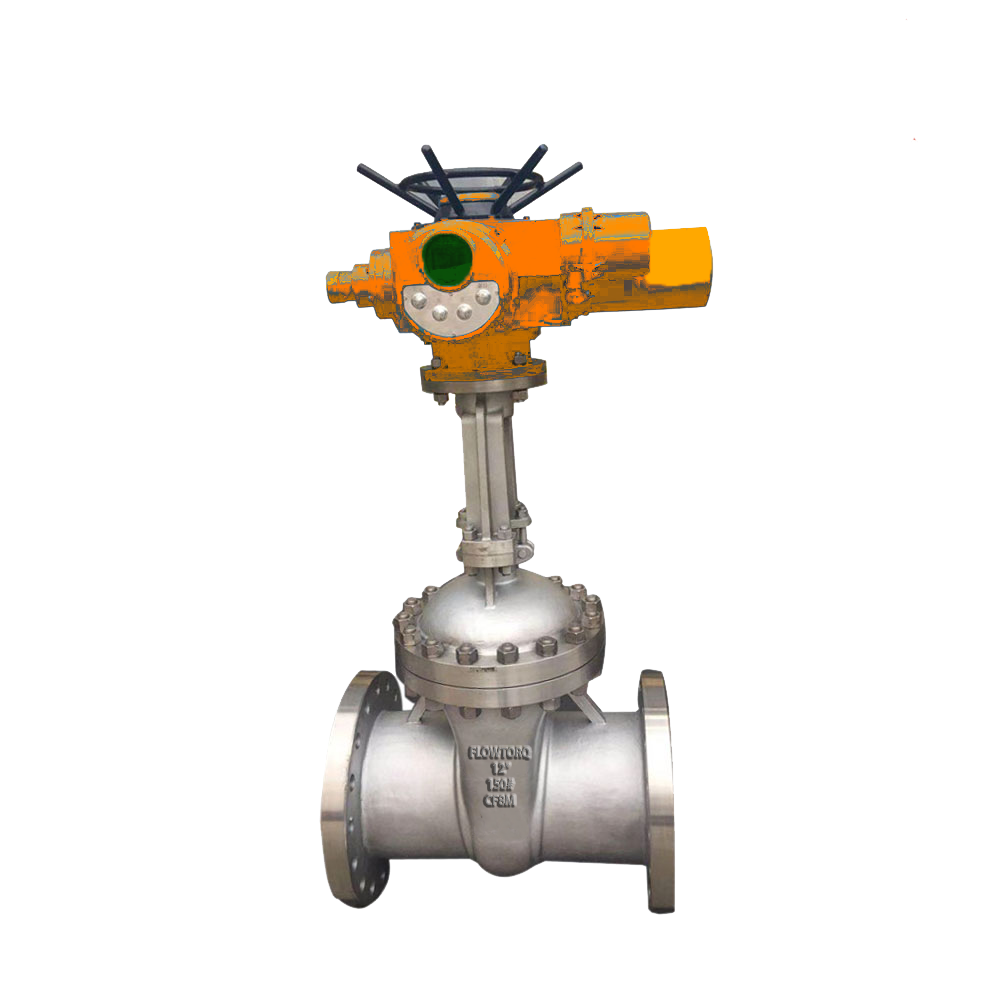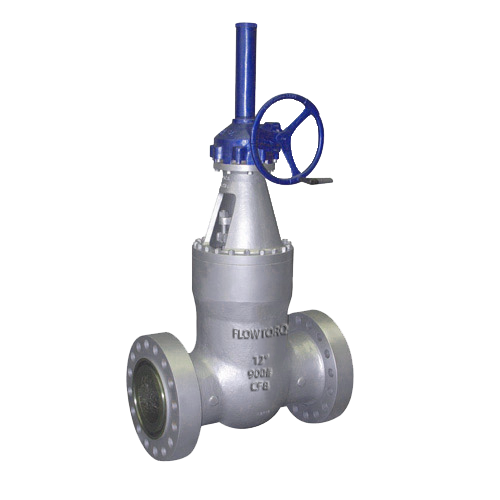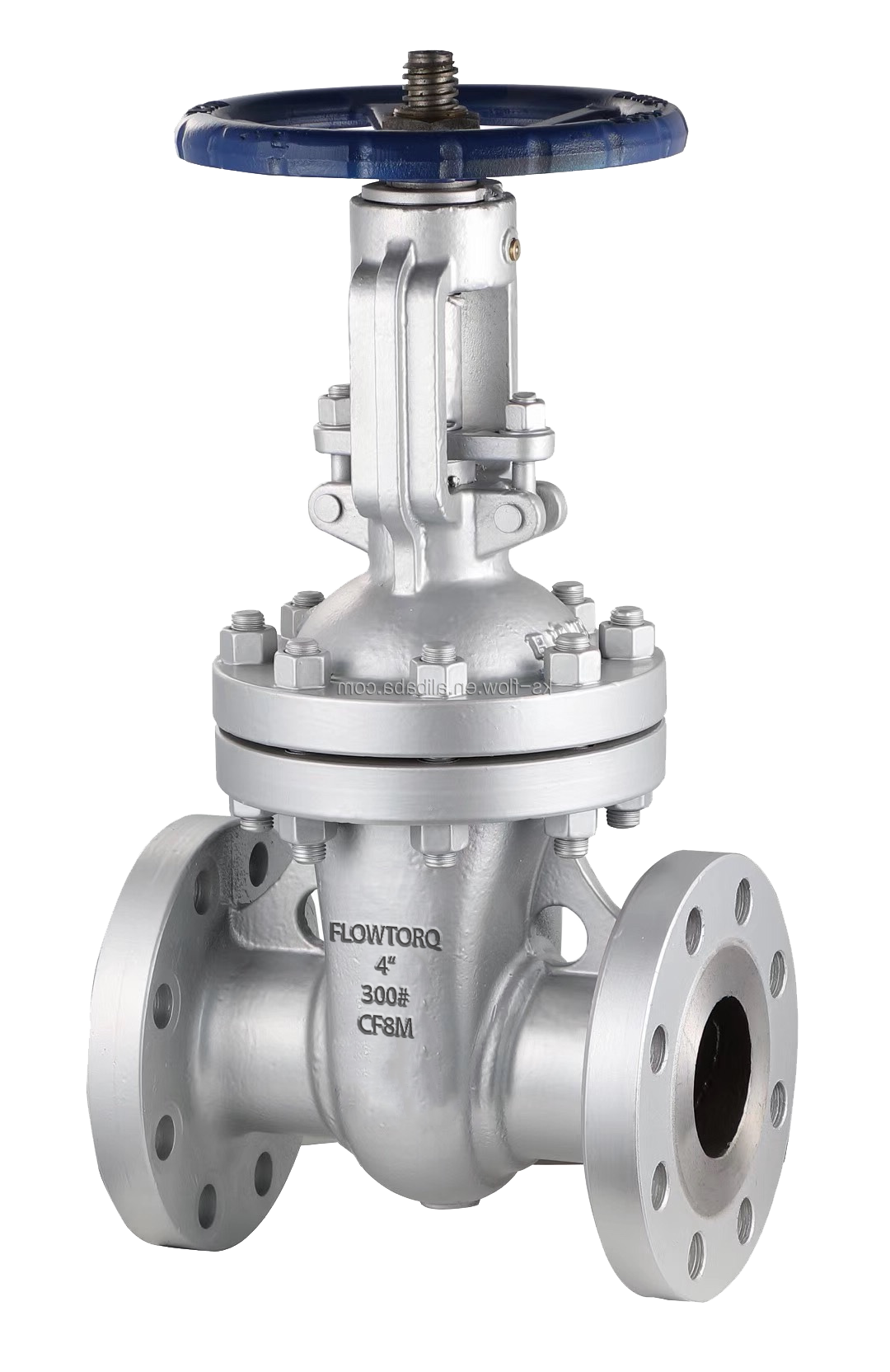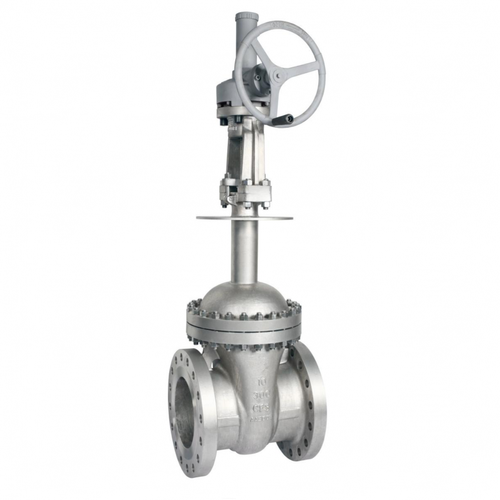Gate Valves - API 600
�
A gate valve, occasionally known as a sluice valve, is a valve that opens by lifting a gate (closure member / disc) out of the path of the fluid which could be liquid or gas. Gate valves requires very little space along the pipe axis and hardly restrict the flow of fluid when the gate is in fully open position. The gate faces can be parallel but however are most commonly wedge-shape with small angle with the vertical axis (in order to be able to apply pressure on the seating surface). In general, Gate valves are designed as per API 600 and API 602 standards.
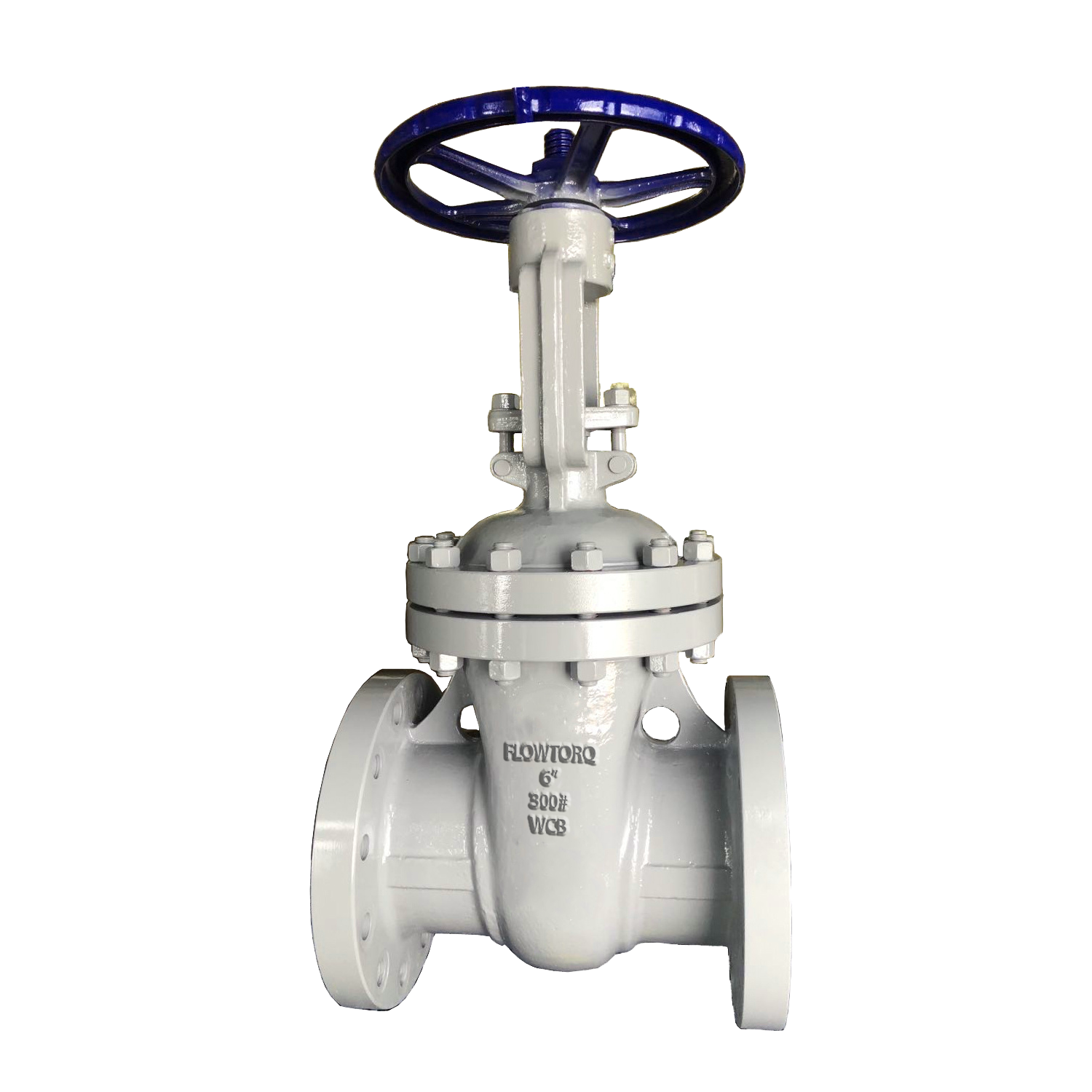
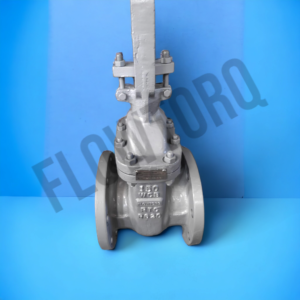
API 600 Gate Valve Specifications
Cast Steel Gate Valves 150# to 2500#
-
Carbon Steel - WCB, WCC
-
Stainless Steel - CF8, CF8M, CF3, CF3M �
-
Alloy Steel - WC6, WC9, WC12
-
Brass�
-
Bronze
-
Aluminum Bronze
-
Duplex and Super Duplex - CN7M, 4A, 6A, 5A
-
Hastelloy ad other grades - HAstelloy, Monel, etc.
-
13% Cr. Steel (Trim 1)
-
13% Cr. Steel + ST6 Stellite (Trim 8)
-
ST6 Stellite (Trim 5)
-
SS304
-
SS316
-
Inconel
-
Monel
-
All Trim as per API 600
-
Other Trim as per Client requirement
-
Flanged
-
Butt Weld
-
RTJ (Ring Type Joint
-
Limit Switches
-
Position Indicators
-
API 600, API 6D
-
ASME B 16.34
-
API 598 / BS 12266-1
-
Other End User Standards
-
Hand Wheel Operated
-
Gear Operated
-
Electric Actuator Operated
-
Pneumatic Actuator Operated
-
Motorized (Electric
Forged Steel Gate Valves 800# to 2500#
-
Carbon Steel - A105
-
Stainless Steel - F304/L, F316/L
-
Alloy Steel - F11
-
Duplex and Super Duplex - F51
-
13% Cr. Steel (Trim 1)
-
13% Cr. Steel + ST6 Stellite (Trim 8)
-
ST6 Stellite (Trim 5)
-
SS304
-
SS316
-
Inconel
-
Monel
-
All Trim as per API 600
-
Other Trim as per Client requirement
-
Screwed / Threaded (Female)
-
Socket Weld
-
Pipe End
-
Welded Flanges
-
Welded Nipples both sides
-
Socket Weld X Threaded
-
Scoket Weld X Pipe End
-
Limit Switches
-
Position Indicators
-
API 602
-
ASME B 16.34
-
API 598 / BS 12266-1
-
Other End User Standards
-
Hand Wheel Operated
-
Electric Actuator Operated
-
Pneumatic Actuator Operated
-
Motorized (Electric


